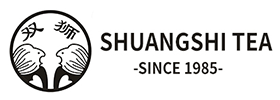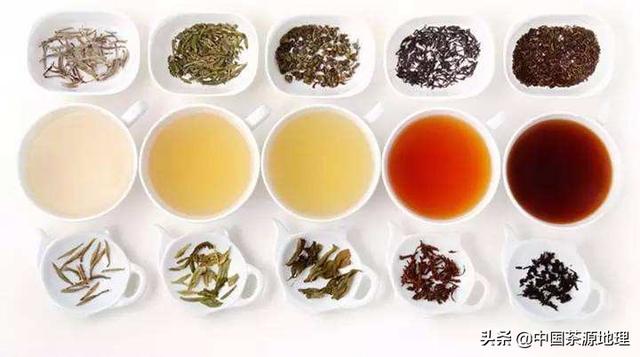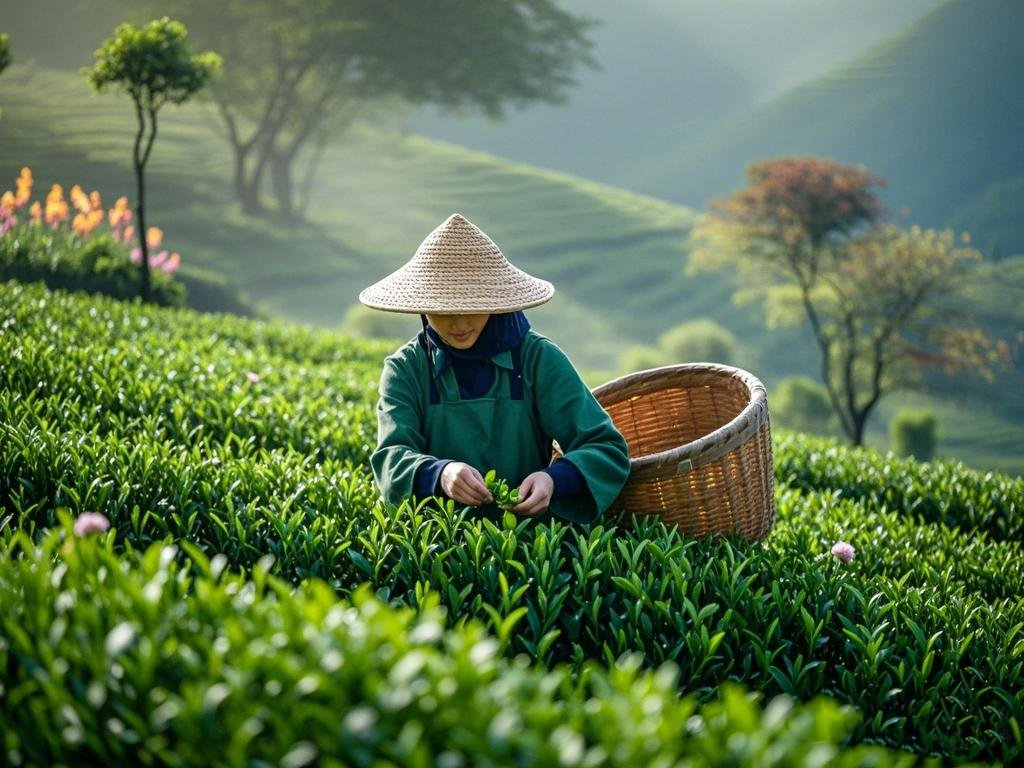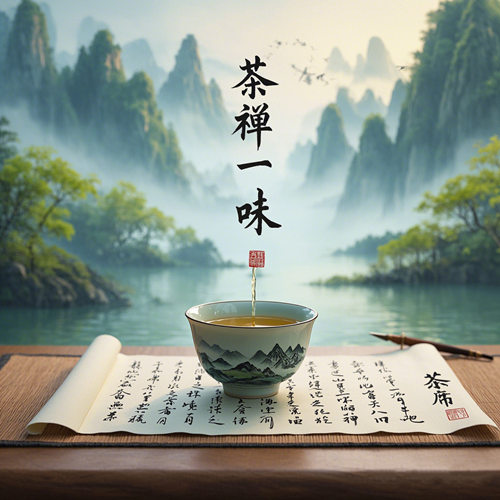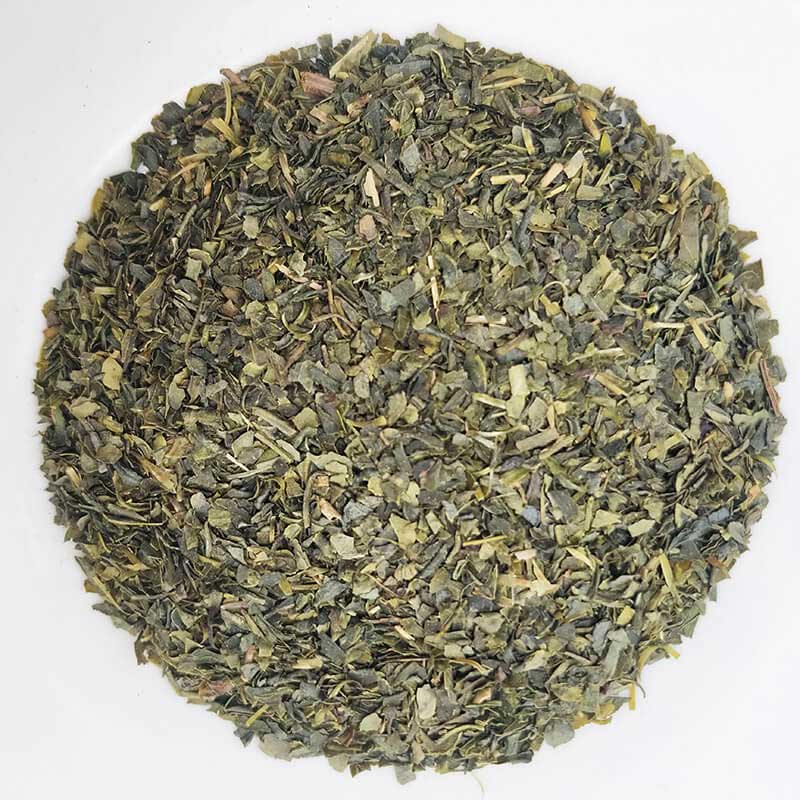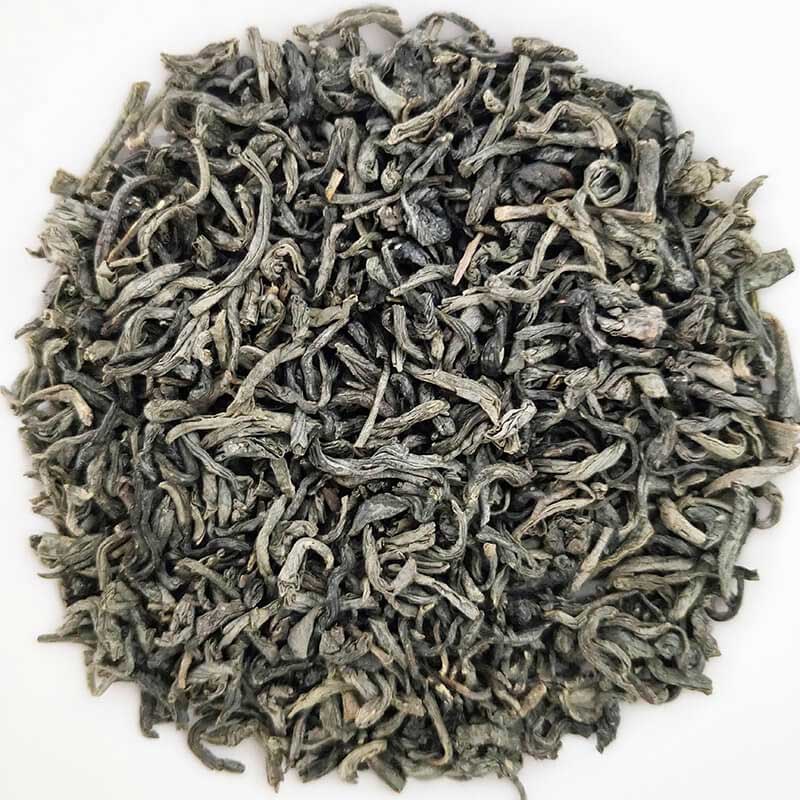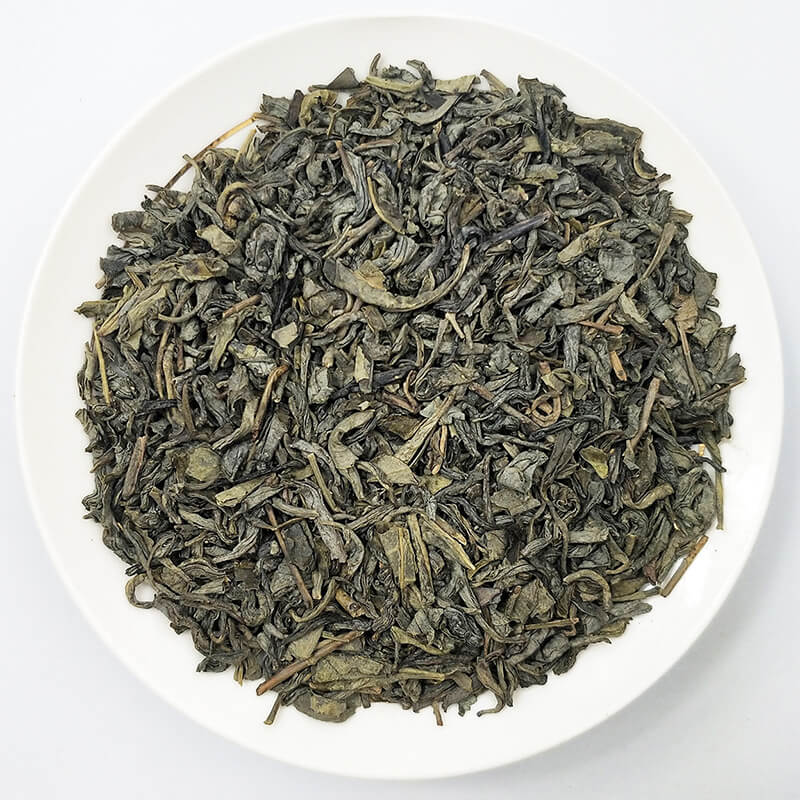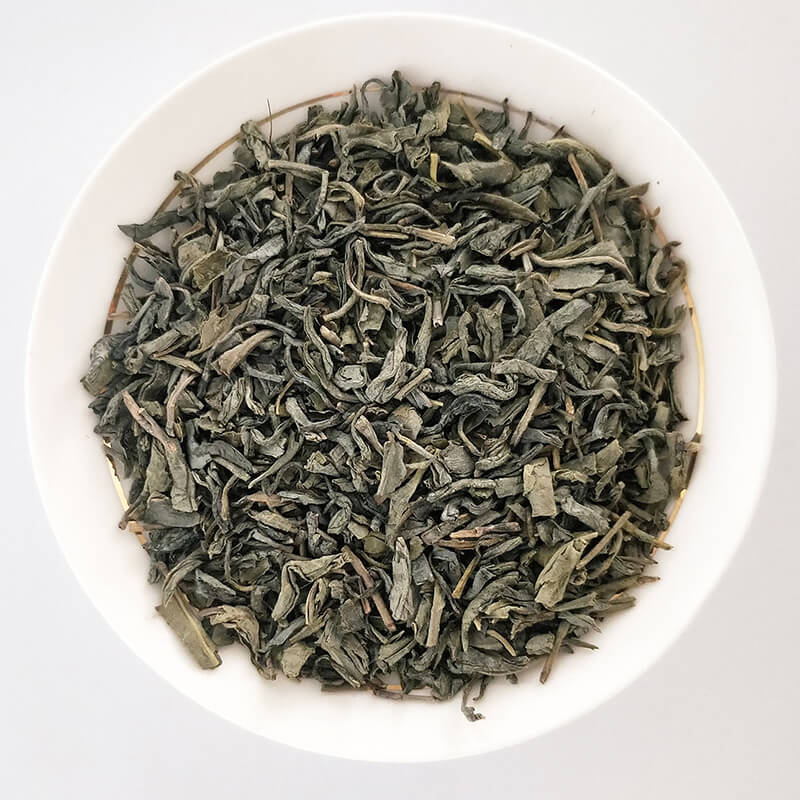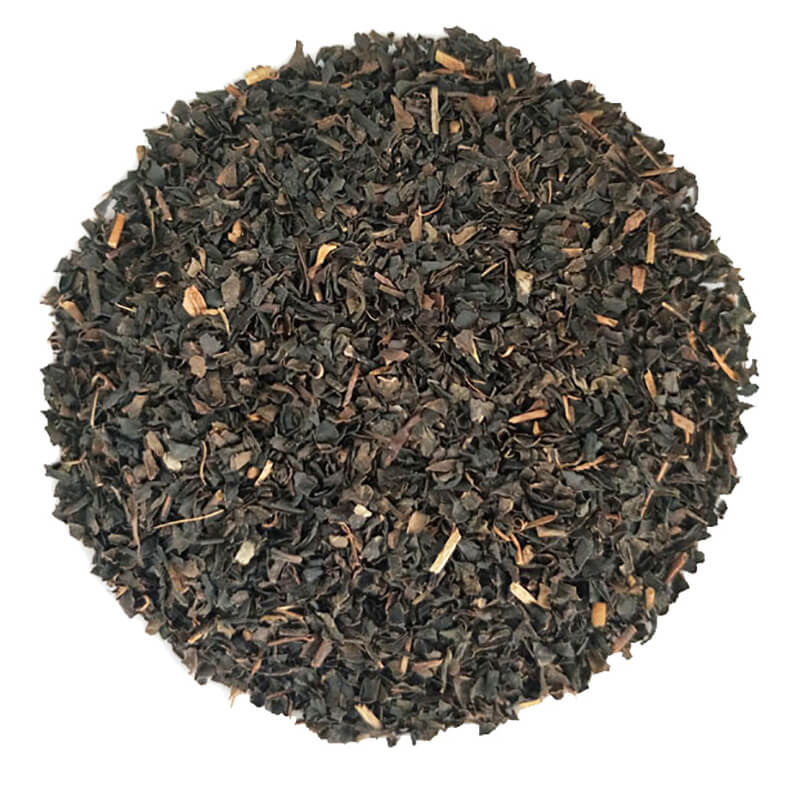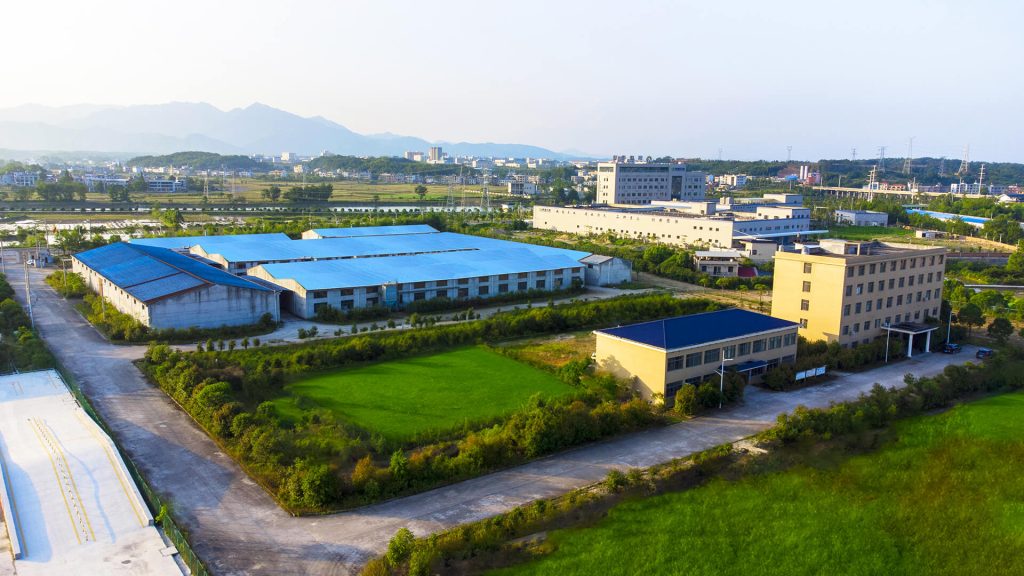Green Tea Fanning: Sustainable Innovation in Processing Technology and Cross-Industry Commercialization
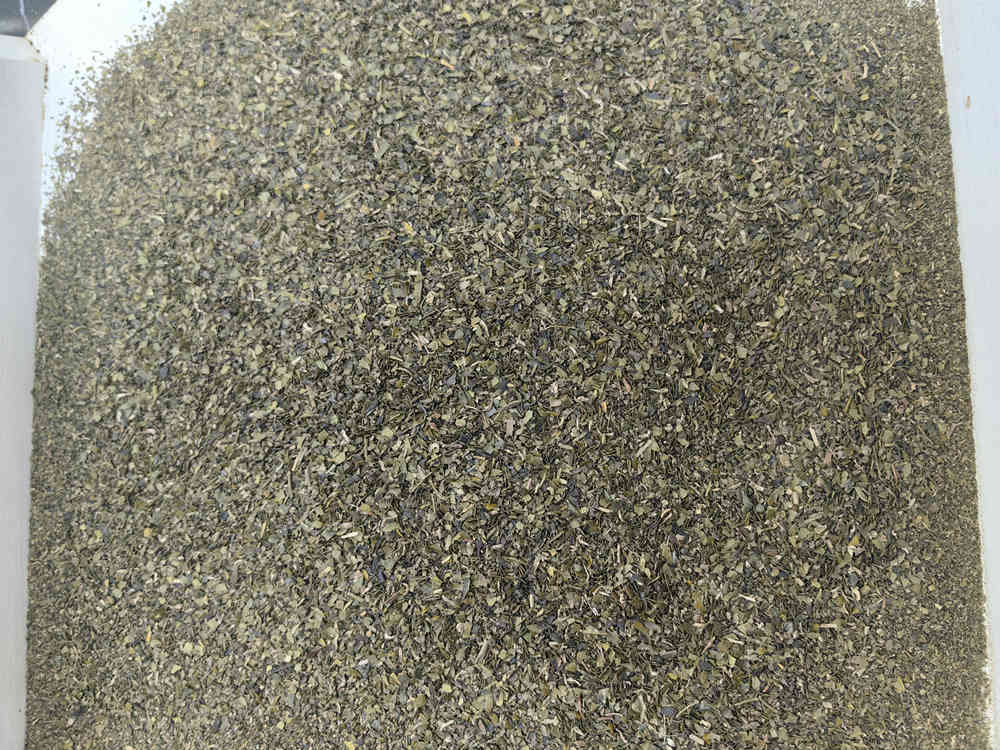
I. Definition and Industrial Positioning
Green tea fanning, a groundbreaking form in green tea processing, refers to standardized industrial products crafted into flake-shaped tea pieces (0.3-0.5 mm). As a critical branch of refined tea production, its core value lies in maximizing resource utilization and expanding application scenarios. Unlike traditional strip-shaped tea, the uniform flake structure achieved through physical shaping technology offers three key advantages:
- Enhanced extraction efficiency due to increased surface area
- Standardized specifications for industrial compatibility
- Stable morphology suitable for long-term storage
II. Raw Material Selection and Grading System
Raw materials are sourced from three primary channels:
- Processing by-products: Fine tea powder (<1.5 mm) from high-grade green tea screening (45% of total supply)
- Summer-autumn tea leaves: Mature “one bud + three leaves” with rich phytochemicals and cost-effectiveness
- Dedicated plantations: Cultivation of high tea polyphenol varieties like “Zhongcha 108” for extract production
Grading criteria:
| Grade | Characteristics | Water Extract (%) |
|---|---|---|
| Premium | Tender, stalk-free | ≥42 |
| Grade I | Minor fish leaves allowed | ≥38 |
| Grade II | ≤5% aged leaves permitted | ≥35 |
III. Core Processing Technology
The production adopts a “four-stage” industrial workflow:
- Innovative fixation
- Hot-air fixation at 300-400°C achieves ≥95% enzyme deactivation
- Online moisture detectors ensure 60±2% post-fixation water content
- Shaping through rolling
- Dual-action rollers apply “light-heavy-light” pressure for 65-70% cell rupture
- Multi-phase drying
- Three-stage drying:
- Stage 1: Rapid dehydration at 120°C (10 min)
- Stage 2: Shaping at 80°C (20 min)
- Stage 3: Flavor enhancement at 60°C (5 min)
- Smart humidity control guarantees ±0.5% moisture uniformity
- Three-stage drying:
- Precision refining
- Triple optical sorting removes impurities (yellow leaves, stalks)
- Airflow classification with 8-20 mesh sieves ensures size consistency
IV. Sensory Characteristics and Chemical Composition
Quality comparison:
| Quality Dimension | Premium Grade | Grade I |
|---|---|---|
| Appearance | Glossy dark green, uniform | Deep green with rare scorching |
| Liquor Color | Bright jade-green (≥92% transmittance) | Yellow-green (≥88% transmittance) |
| Aroma | Persistent chestnut fragrance | Pure with subtle seaweed notes |
| Flavor | Fresh and sweet (bitterness ≤1.5) | Mild astringency (bitterness ≤2.0) |
| Infused Leaves | Tender, elastic | Green with minor fragments |
Chemical advantages:
- Tea polyphenol content: 19-22% (higher than traditional green tea’s 15-18%)
- Total amino acids: 3.5-4.2% (L-theanine >60%)
- Caffeine: 2.8-3.5% (moderate stimulation)
- Water extract: 45-50% (82% extraction within 1 minute)
V. Application Scenarios and Value Expansion
- Tea bag sector:
- Honeycomb-structured flakes achieve 95% extraction in 3 minutes
- Cold brew compatibility (stable flavor after 8-hour 4°C infusion)
- Food industry:
- Natural antioxidant (0.5-1.0% addition triples edible oil shelf life)
- Innovative products: tea-flavored candies, jellies (¥800M domestic market in 2024)
- Wellness products:
- High-purity EGCG extracts (98%) for supplements
- Personal care items: tea-infused masks, bath products (47% YoY growth on JD Health, Q1 2025)
- Beverage customization:
- Instant “flash-infusion” flakes for chains like Heytea/Naixue (15-second brewing)
- Scented variants (jasmine, osmanthus) for mixology applications
VI. Cultural Innovation and Market Outlook
Green tea fanning is reshaping consumption patterns through:
- Office solutions: 1-minute brewing via capsule machines
- Youth market: Fruit-tea hybrid packs (38% repurchase rate on JD Supermarket)
- Global expansion: Low-caffeine variants (<0.5%) driving 60% export growth in 2025
